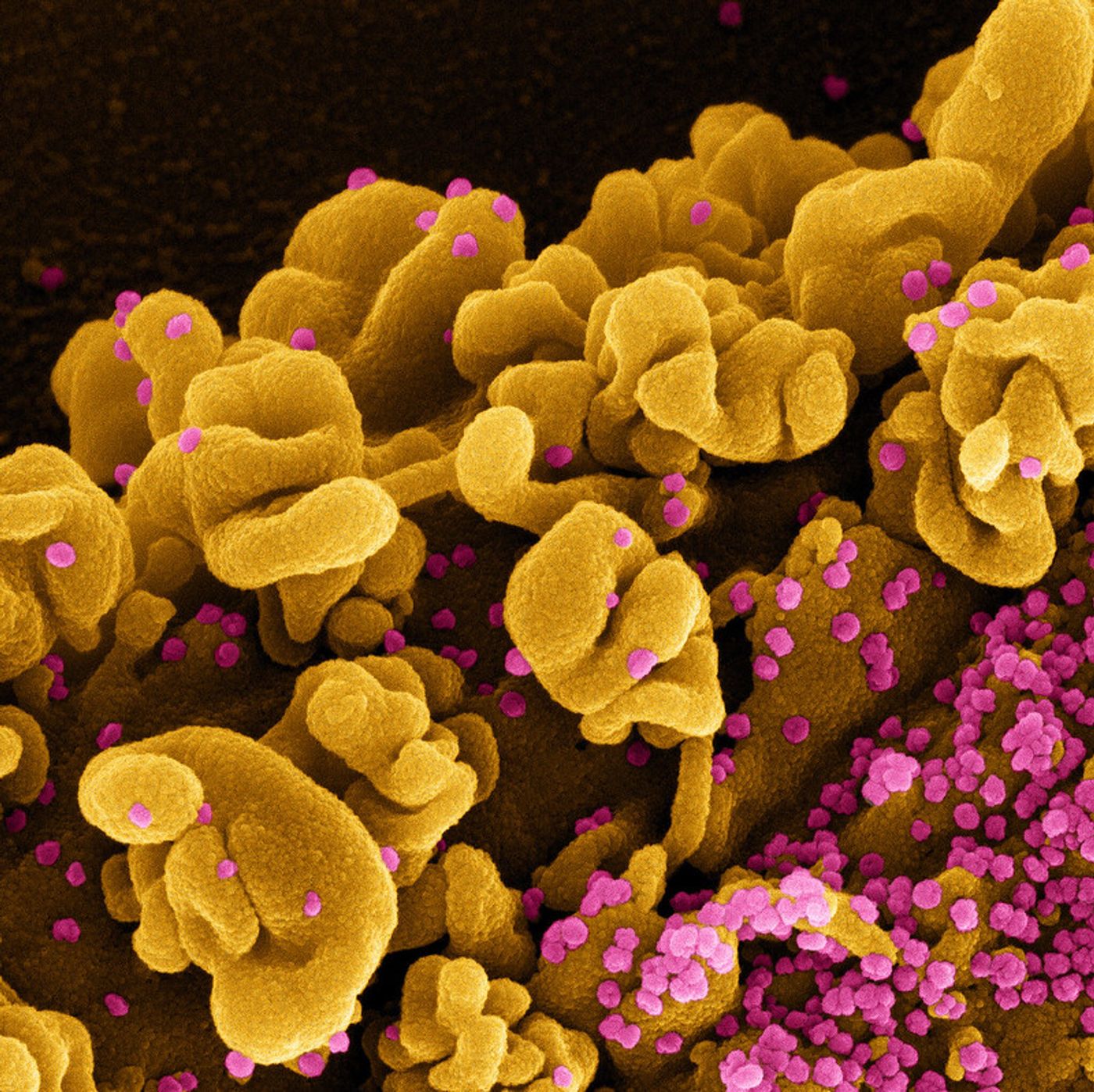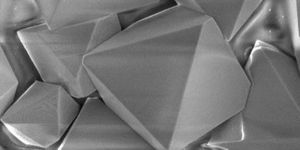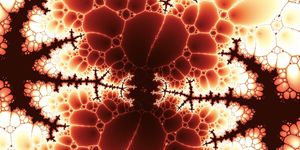Engineered Spider Silk Can Trap Airborne Pathogens
As the COVID-19 pandemic illustrated, pathogens that move in airborne particles can be a serious threat to human health. Viruses aren't the only offenders, either; pollen, fungal spores, and pollution can remain in the air for long periods of time. These pathogens and irritants can lead to illness and death, and a variety of strategies have been developed to reduce the threat, such as face masks and filtration systems.
Spider silk is a natural material that excels at capturing particles and microdroplets in the air. Those microdroplets come together to form bigger ones that can concentrate things on the spider silk. Scientists have found ways to artificially recreate spider silk. Studies have shown that artificial spider silk with a special structure can be used to collect moisture in arid environments.
Now researchers have shown that a specially engineered new type of artificial spider silk can be used to trap microdroplets in the air that may contain pathogens, to work as a filtration system. The research has been reported in Nature Communications.
When activated by light, photocatalysts can trigger the activity of reactive oxygen species (ROS), which will cause the destruction of microbes. Previous work has shown that airborne E. coli could be killed with a foam that was loaded with these photocatalysis. One problem with this material has been that microbes can enter tiny pores within the foam, where light cannot penetrate to activate the photocatalyst, and fewer bacteria are destroyed.
In this study, the investigators combined an artificial spider silk, arrayed in a specific structure optimized for collecting microdroplets, with a photocatalyst. The material was able to capture and concentrate microbes in the air so they could be inactivated.
The study showed that it was twice as good at capturing bioaerosols than pure nylon, and inactivated 99.99 percent of the microbes it captured.
The study authors suggested that this material could be another option to reduce the threat posed by airborne aerosols. It can also be used without the need for an exhaust system.
Source: Nature Communications









